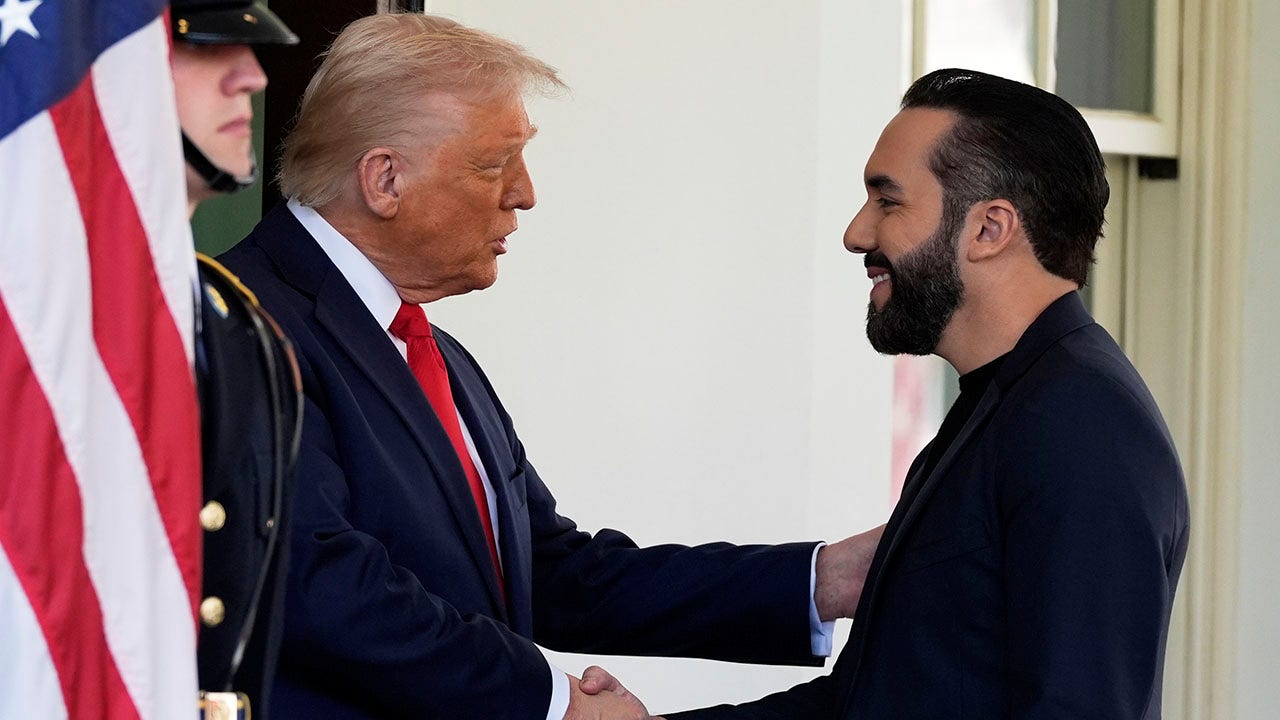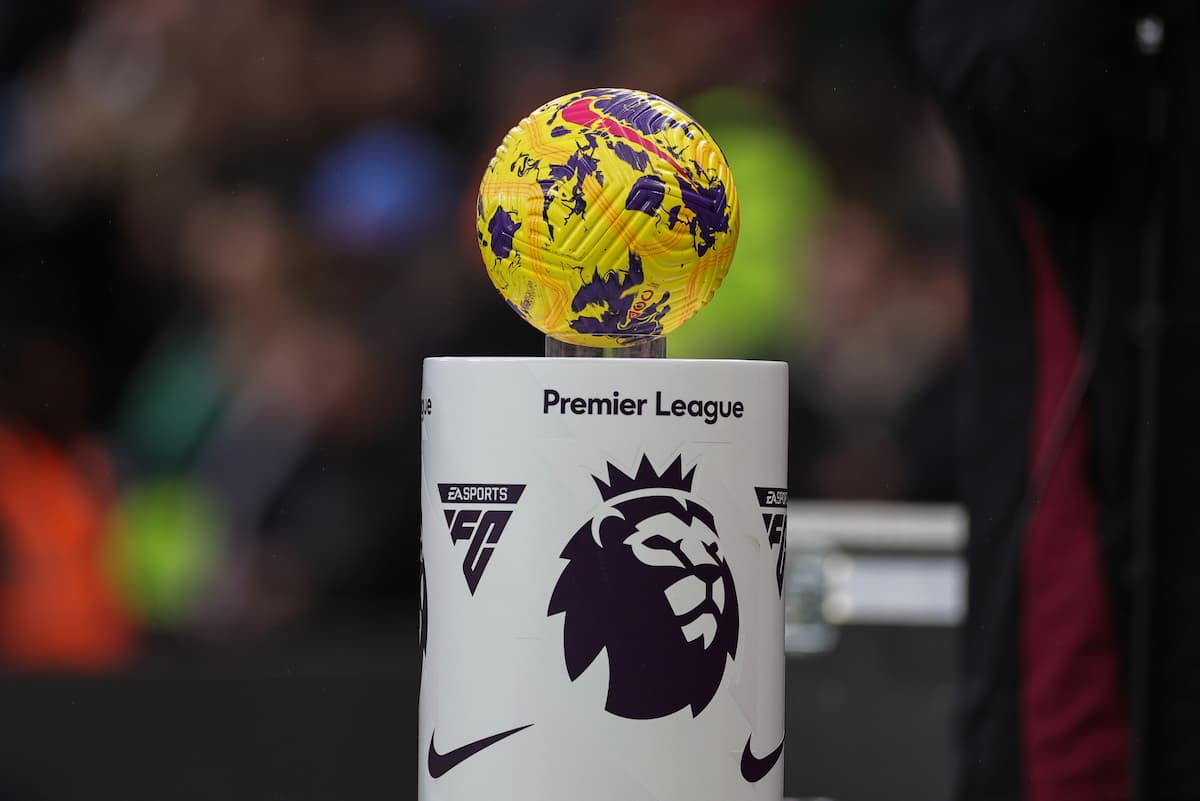After an eight year hiatus, the European Union is trying to revive its relationship with Latin American and Caribbean countries during the EU-CELAC summit on Monday and Tuesday (17 and 18 July).
During his opening remarks at the meeting in Brussels, EU Council president Charles Michel said that while the EU and Latin America are already “close trade and investment partners” there is “massive untapped potential” for both regions to be unlocked.
He also said the summit should help both regions move forward in trade agreements with Chile, Mexico and the Mercosur countries (Argentina, Brazil, Uruguay and Paraguay).
“These trade deals have the potential to bring us closer together,” he added, pointing out the importance of close ties in today’s geopolitical context with rising tensions and disrupted supply chains.
The EU’s relationship with the Latin American region has been hampered, among other things, due to the slow progress on the controversial Mercosur agreement.
While no major breakthroughs in the overdue agreement with Mercosur countries are expected as a result of the summit, both regions appear optimistic that the deal could be finalised this year.
“Our ambition is to settle any remaining differences as soon as possible so we can conclude this agreement,” EU Commission president Ursula von der Leyen told reporters ahead of the summit.
It took nearly two decades of negotiations between the Mercosur countries and the EU before they finally reached a trade deal in 2019.
However, long-standing sustainability concerns, particularly regarding deforestation in the Brazilian Amazon rainforest, have posed challenges to concluding the political agreement.
For his part, Brazilian president Luiz Inácio Lula da Silva said that he hopes for a “balanced” Mercosur agreement which can preserve “the parties’ capacity to respond to both present and future challenges”. He added that Brazil will deliver on the climate question.
EU top officials have described the new momentum in the relationship between the EU, Latin America, and Caribbean countries as “historic”.
But differences over the condemnation of Russia’s war in Ukraine and how to address wording over reparations for Europe’s role in the Atlantic slave trade have complicated the finalisation of the joint agreement, which is still being drafted.
Although most CELAC countries have backed a UN resolution condemning Russia’s invasion of Ukraine, Nicaragua voted against it, while Cuba, Bolivia, and El Salvador abstained.
“We will come out with some progress. We are looking for peace, prosperity, sustainable development and security for all,” said CELAC president and prime minister of St Vincent and the Grenadines, Ralph Gonsalves, referring to the joint statement.
‘Natural partners’
Meanwhile, the summit is also seen as a way to establish a mechanism to establish regular dialogue and cooperation between the EU and the Latin American and Caribbean regions.
“We shouldn’t wait another eight years to have a next summit, that wouldn’t make sense,” said Spanish prime minister Pedro Sánchez.
“There are many more things that bring us together than divide us. Our relations need to be more fluid,” he added.
EU foreign relations chief Josep Borrell, who has travelled to the region on several occasions, said that Europeans have not paid much attention to Latin America and Caribbean countries during the last eight years because the two regions are “natural partners”.
“We are natural partners, but we have to be something more than the result of history, we have to be the result of the political will to continue working together,” he warned, arguing that this engagement is even more crucial today with the emergence of China and Russia’s new role.
Borrell also warned the EU-CELAC summit is a “political imperative” in the current geopolitical context.
While China is now Latin America’s number one trade partner, the EU remains the biggest investor in the region.
The EU announced on Monday its commitment to invest up to €45bn in Latin America and the Caribbean region by 2027 through its Global Gateway initiative — which is seen as an alternative to China’s Belt and Road programme.
The list of 130 selected projects ranges from electrifying urban bus fleets in Costa Rica to expanding telecoms networks in Brazil and deploying 5G in Jamaica.
The trade volume of goods and services between the EU and Latin America amounted to at least €369bn in 2022, representing almost a 40 percent increase from 2013.




















Discussion about this post